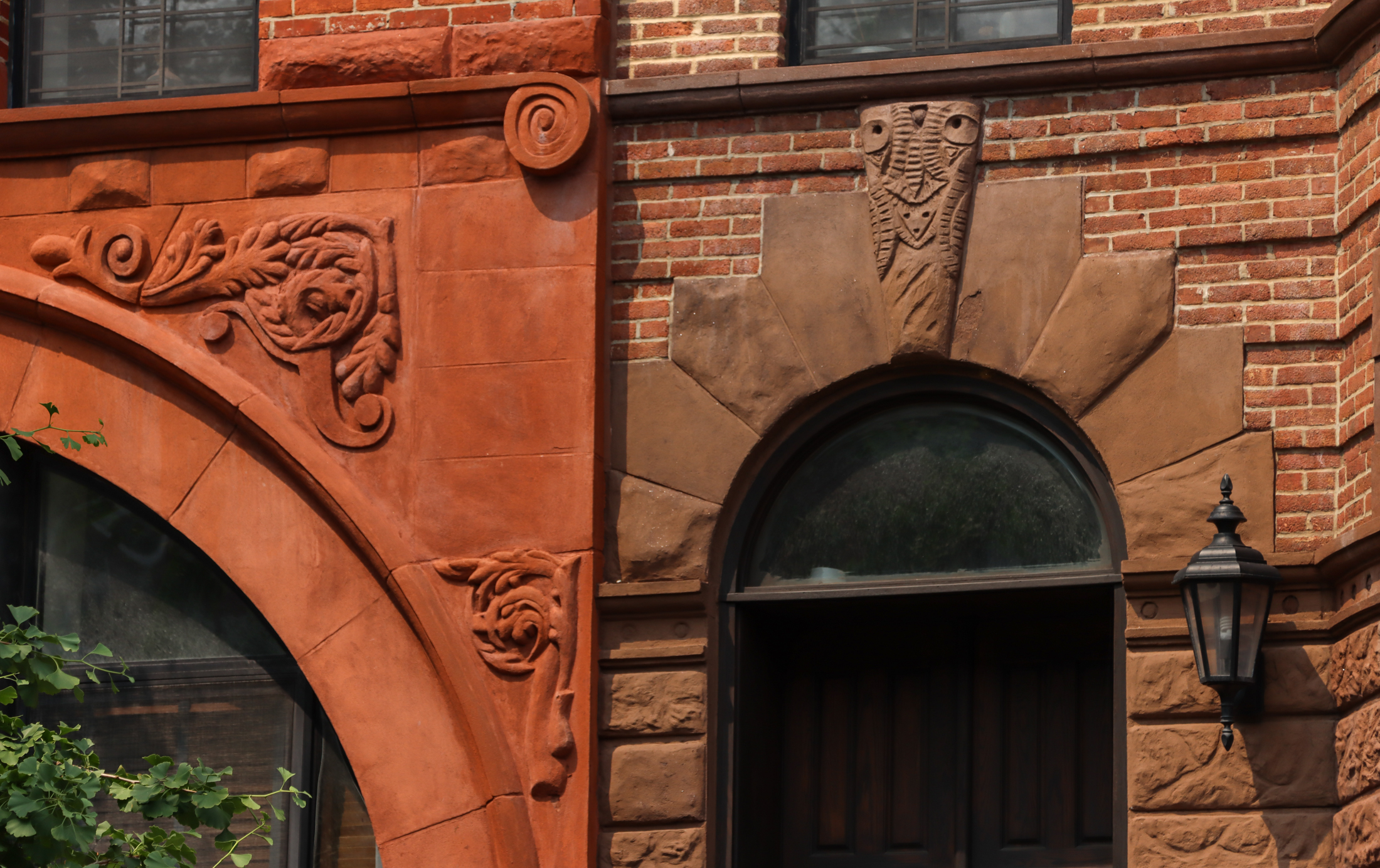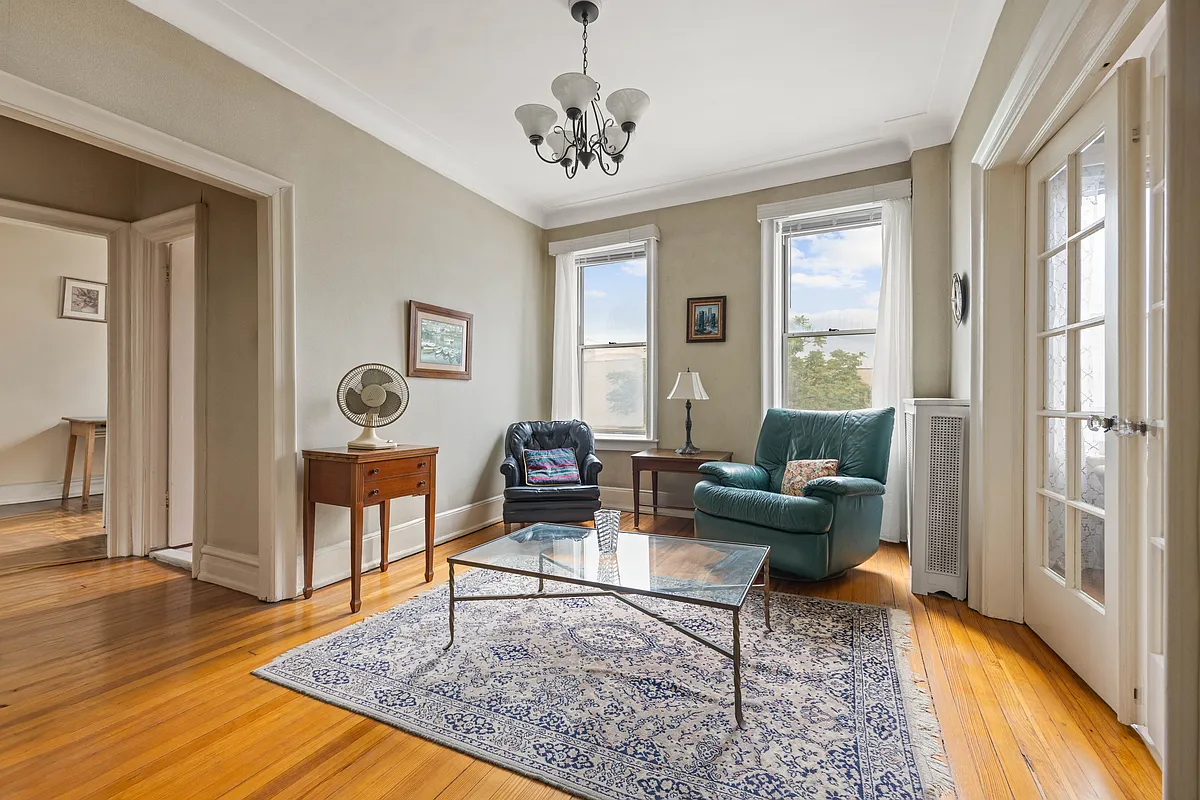Dog Days for U.S. Housing; Is NYC Next?
The Times is talking doom and gloom about the national housing market after stats were released showing that home prices fell 14.1 percent in March as compared to the same month last year. While primo New York City—Manhattan in particular—has remained mostly immune to the rest of the country’s housing woes, other once-resilient markets are…


The Times is talking doom and gloom about the national housing market after stats were released showing that home prices fell 14.1 percent in March as compared to the same month last year. While primo New York City—Manhattan in particular—has remained mostly immune to the rest of the country’s housing woes, other once-resilient markets are faltering. Seattle, for example, has only started posting a huge rise in unsold inventory. Some say the housing market hangover could last for another couple years. It’s like eating beyond your stomach’s capacity, said Ronald J. Peltier, the chief executive of Home Services of America, which owns real estate brokerage firms across the country. We have huge indigestion. According to an article in the Observer, though, New York City may yet have to reach for the Mylanta: Recent rises in inflation (the price of a six pack of craft beer is up $1!) and crime, coupled with lots of job losses, could very well mean the worst is yet to come.
In Housing, the Strong Turn Weak [NY Times]
Lead Indicators? The Price of Beer, Hurricane Season [NY Observer]
Photo by bburke782.





That doesn’t seem to be happening here though, 2:51. That’s the thing.
Most savvy people know that the bulk of this city is on an island, we don’t have unlimited land on which to build and that NYC is the global capital for fashion, the visual and performing arts, finance, advertising, soon to be a major player in the tv and film industry with Ugly Betty moving to NYC, etc…
There is a reason why there are 8.25 million here and the next largest city in the country is less than half that size.
People are infatuated with NYC. Seen the craziness about Sex in the City. It’s going to create an entire new wave of people who want to come here…
For better or for worse…
OK 2:12, you make a good point about foreclosures.
But isn’t that really a small part of what might drive the market down in Brooklyn or NYC?
I mean, even if folks don’t get foreclosed on, prices might drop because buyers (even qualified ones like 95% of the buyers for a $2 M townhouse) just don’t want to pay whatever price is being asked. ..
New York (Manhattan) is unique this country in that 80% of the non-rental housing stock is co-op. Co-op boards diliginatly review a purchasers financials and make sure they are able to pay for their mortgage and maint. Co-op boards, rarely approved sub-prime borrowers, and did not approve many people who could not pay for their apartment. This is why there is not, and will not, be a massive forclosure crisis in Manhattan. You see a foreclosure crisis in parts of Brooklyn, Queens, and the Bronx, specifically because of predatory lending, targetting sub-prime borrowers who should not have been buying condos they could not afford. I bought a small studi co-op two years ago. While my co-op restricts much of my opportunity to profit while owning (can only sublet 2 of 10 years) they don’t let speculators or subprime purchasers in who will lower property values. Oh, and my building is very ethinically and racially diverse. So don’t go thinking it only lets in whites. And if you must know, it’s York Ave. in the 70’s (not a cool area, and a 15 minute walk to the nearest subway.)
I’m with you 9:17, dogs with sunglasses are a riot! RUF RUF!!!
you should post that comment more often and everywhere, 1:43. more people need to broaden their scope of what’s happening. everytime i hear someone compare nyc to phoenix, or miami, or las vegas or riverside, california leads me to believe that many people here have never been outside the state.
its very simple. as the dollar goes, so will ny real estate. the late 80s/early 90s saw rampant crime, high interest rates, strong dollar. a perfect storm for nyc real estate will be a soft on crime mayor, rising interest rates, rising dollar. that happens and we’re in a multi year funk. but remember, this is an island. like hong kong, not many places left to build so supply still thin.
“The magazine article may have been the death of this site as we knew it!!!”
Let’s hope so. The intolerable vitriol is getting rather tiresome, to put it mildly.
I really enjoyed your post, 1:43. Thank you.
It makes a ton of sense to me.
Here’s the posting I sent to the Times for the original article – it’s my response to commenters like 12:34pm…
In NYC, the ‘rent ratio’ is a fundamentally flawed method for determining whether or not to buy. Unlike so much of the country, where new condo/townhouse/tract development is the norm, in New York it can be very difficult to find rental and sale properties that are truly comparable.
In general, owner-occupied buildings are typically in better repair, are in more desirable/established neighborhoods, and have amenities not available in rentals.
Also, because so many NYC buildings are co-ops, they offer owners a large degree of stability by discouraging rapid turnover & have largely protected owners from the sub-prime mess by requiring buyers to prove they can truly afford each purchase.
Add to this the distortion in NYC rental prices caused by rent stabilization/control [see commenter #13 for a prime example], and you’ll see that the ‘rent ratio’ formula might be useful in places where ‘cookie cutter’ development is the norm, but it has limited value in more complex markets where the diversity of housing options mirrors the diversity of the population.
Interestingly, as the article itself mentioned, New York’s complex market is precisely the one which has yet to see major price declines. So perhaps the housing slump can be compared to a crop failure: just as mono-cultures are far more vulnerable to disease than are diversely planted fields, investing in housing markets which are developer-driven will always be less reliable than investing in housing markets which are resident-driven. It’s no small irony that many of the suburban sunbelt houses which are shedding their value are themselves built on land which would have been better left for raising crops.